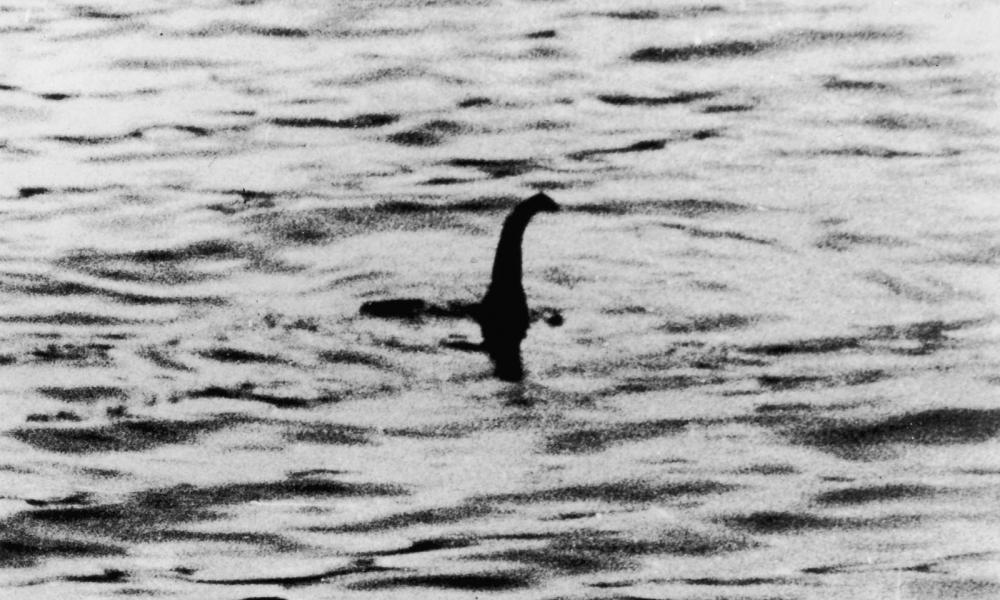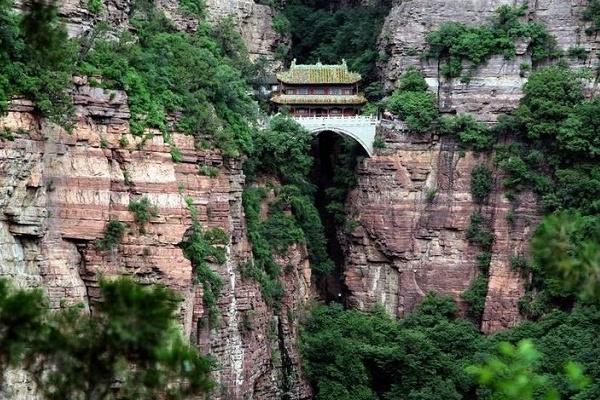Revealing the latest video recording the Loch Ness monster
The Loch Ness Monster, aka ‘Nessie’, is said to inhabit Loch Ness in the Scottish Highlands. Described as a large, long-necked reptile-like creature, the creature has attracted worldwide interest since the 1930s, after the first photographs of it began to appear. Even so, the earliest reports of a monster in the 36.3km-long lake date back to AD 565.

The famous photo of the Loch Ness monster. (Photo: DMail).
Interest in Nessie grew in 1933, after a witness reported seeing it, the Inverness Courier reported. The report described the waters of Loch Ness as “layered and turbulent” with the presence of a whale-like creature. Although many alleged images of the Loch Ness monster have been recorded, they have never been accurately verified.
Recently, a video posted on the social network Twitter continues to be recorded at Loch Ness, the cameramen claim that they have seen an “unusual” animal here.
The latest video about the Loch Ness monster. (Clip: Twitter).
According to Gary Campbell, head of the Loch Ness Monster Registry, this is one of the best pieces of evidence he has ever seen, supporting the theory of the monster’s existence.
“There have been two or three really good videos in the past. But this is one of the most convincing. When something like this comes out, it’s really hard for us to explain what’s going on.” , Campbell told Daily Mail.
The presence of the Loch Ness monster still exists only through photos or videos taken and filmed from a distance. Earlier, an international team of scientists came up with what they believe to be a “reasonable theory” about the true origin of the Loch Ness monster. By extracting DNA from water samples, Professor Neil Gemmell and his team at the University of Otago found no evidence that Nessie could have been a prehistoric marine reptile. They found more than 3,000 species of animals in Loch Ness, some so small that the human eye cannot identify them.
“We couldn’t find any evidence of a similar organism in our environmental-DNA sequence data. So sorry, I don’t think the idea,” he said in 2019. plesiosaur (snake-headed lizard) is possible.”
at Blogtuan.info – Source: danviet.vn – Read the original article here



